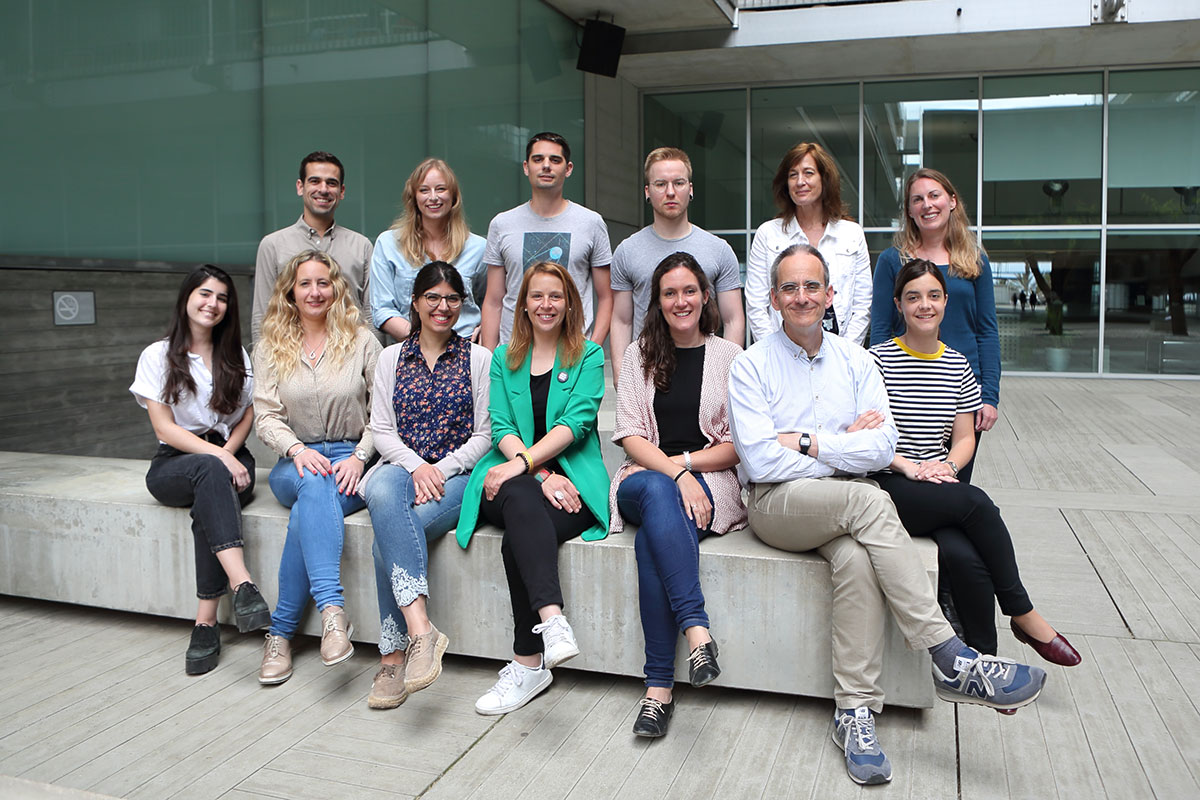1. Role of RNA binding proteins RBM5, RBM6 and RBM10 in the control of cancer cell proliferation through alternative splicing (collaborations with the groups of Manuel Serrano, IRB, Barcelona and Francisco X. Real, CNIO, Madrid).
2. Mechanisms of alternative splicing regulation of the Fas receptor, including a systematic analysis of regulatory sequences in alternative exons (collaboration with the group of Ben Lehner, CRG).
3. Functional network analysis of alternative splicing regulation: role of core components of the splicing machinery on splice site selection and splicing complexes involved in tissue-specific splicing and in the control of cell division (collaborations with the groups of Roderic Guigó and Luis Serrano, CRG).
4. Role of RNA-DNA R-loops in alternative splicing regulation (collaboration with the groups of Alberto Kornblihtt (Universidad de Buenos Aires) and Nick Proudfoot (Oxford University).
5. Role of alternative splicing regulation in cell reprogramming (collaboration with the group of Thomas Graf, CRG).
6. Mechanisms of transcription / RNA processing coupling (collaboration with the group of Miguel Beato, CRG).
7. Function and mechanisms of regulation of microexons (in collaboration with the group of Manuel Irimia, CRG).
8. Functional impact of cancer-associated mutations on SF3B1 function (collaboration with the groups of Dolors Colomer and Elias Campo, Hospital Clinic, Barcelona).
9. Splicing regulatory networks in cellular stress (collaboration with the group of Francesc Posas, IRB, Barcelona).
10. Structure / function analysis of the evolution of core splicing factors (collaboration with the group of Cédric Notredame, CRG).
11. Splicing-based mechanisms of drug resistance in melanoma (collaboration with the group of Ana Arance, Hospital Clinic, Barcelona).
